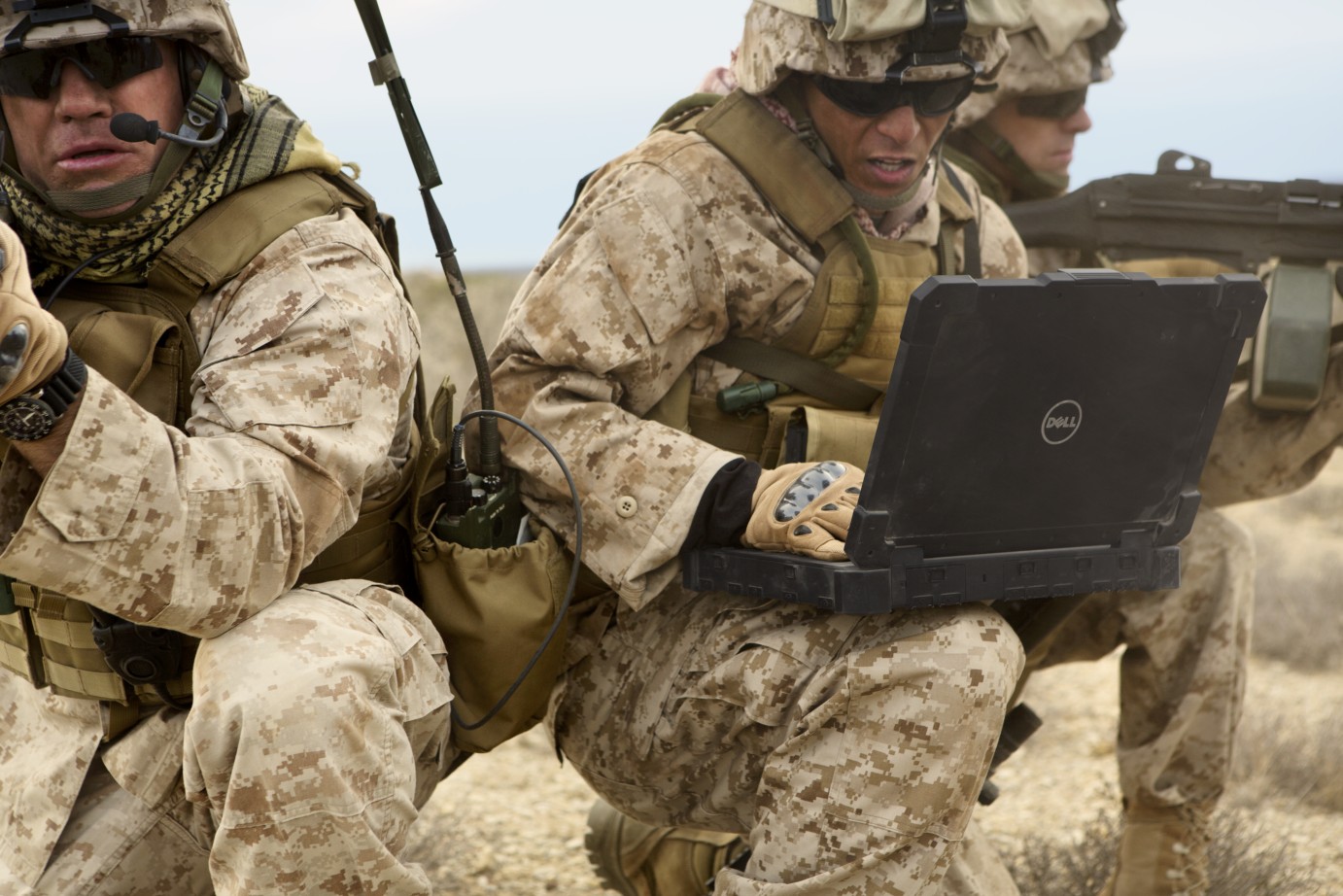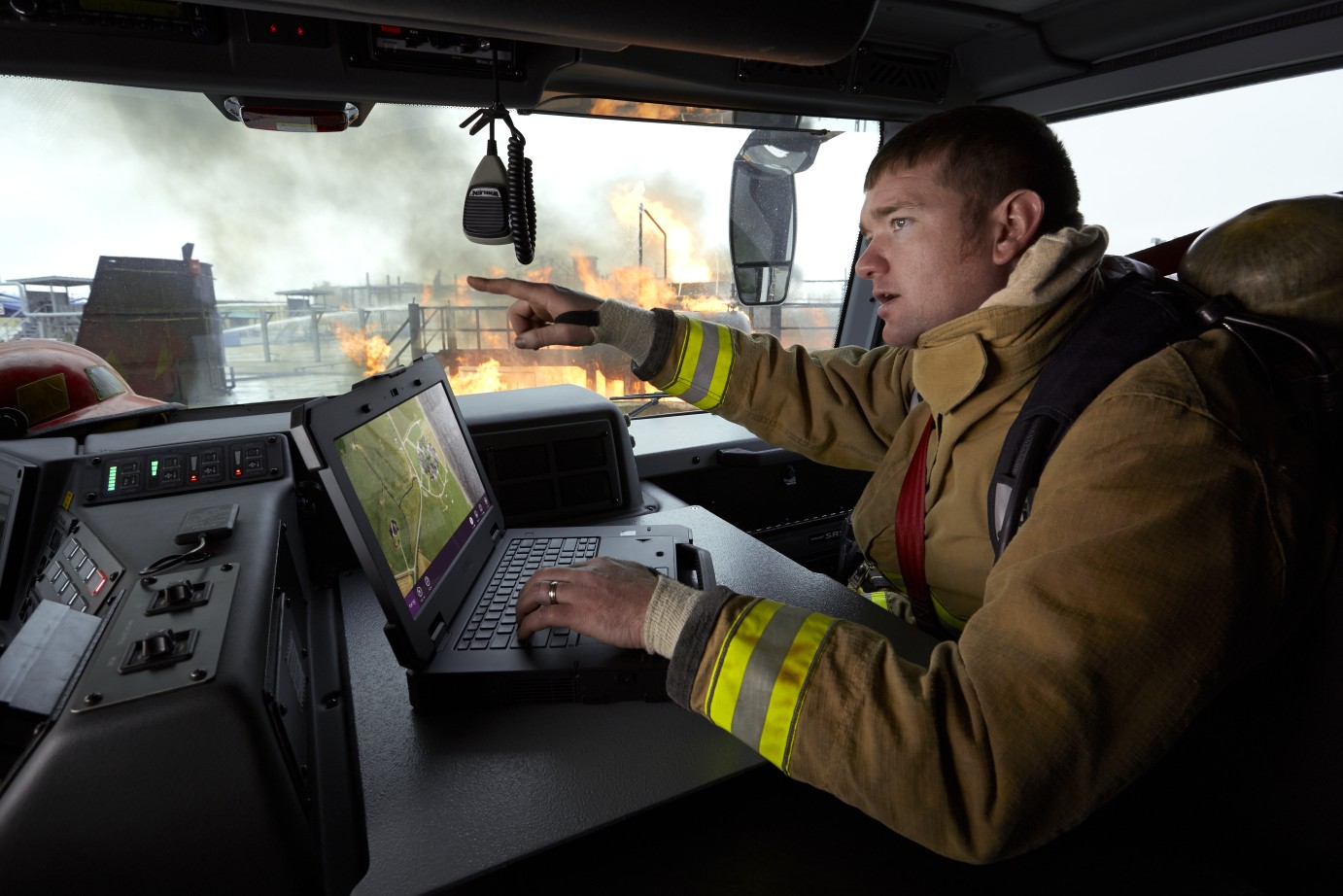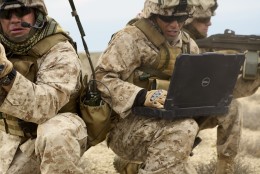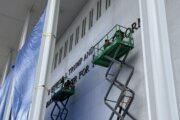





WASHINGTON — If a typical employee’s work laptop breaks, he calls the IT specialist. For people who perform the world’s most dangerous and demanding jobs, computer failure may put lives — including the employee’s — at risk.
Some jobs require rugged laptops made to stand up to challenging conditions.
“If your office includes dirty, wet, high-vibration, the potential for drops from great heights, altitude, really really hot, really really cold, or potentially explosive gases,” says Drew Moore, executive director and general manager for Dell’s Rugged Mobility division.
Heavy-duty laptops made of impact-resistant ultra-polymers and sturdy magnesium alloy are required for people who do their jobs in unforgiving conditions, including “soldiers, police, other first responders and manufacturing environments,” says Moore.
Moore says current clients include a mountain climber who plans to bring computers up Mt. Everest, as well as a NASCAR auto racing team.
“Mt. Everest — that’s one of the nastiest places on earth, and in the NASCAR pit it could be raining, hot, cold, greasy, and there are tools flying around,” says Moore.
What’s the toughest laptop on the market?
Dell just introduced two new products, joining the competitive field of rugged laptops.
The Dell Latitude 12 Rugged Extreme is the industry’s first fully rugged convertible notebook that transforms into a tablet, Moore says. It recognizes multi-touch gestures, even while the user is wearing thick gloves, the company says.
In addition, the Dell Latitude 14 Rugged Extreme Notebook includes major improvements over previous laptops, says Moore. Computer displays reduce glare and reflectivity, making it possible to read in harsh sunlight.
Data are protected from the elements with sealed doors and compression gaskets, as well as thermal management insulation that lets the computer perform in extremely hot or cold temperatures. Dell says the batteries last up to 14 hours.
Designing products for expensive, use-specific configurations requires the company to anticipate users’ needs, says Moore.
“If your office includes a B-2 bomber, you’re not likely to upgrade that to USB, just because that’s where modern computing technology is, so we include a full suite of legacy connections,” says Moore.
Extensive testing and modification to handle worst-case conditions comes at a price.
“The end result is, the product is bigger, heavier and more expensive than a standard commercial laptop,” Moore says.
The new Dell products will cost about $3,500 when they go on sale in May.
See rugged laptop computers at work in dangerous, demanding conditions:







